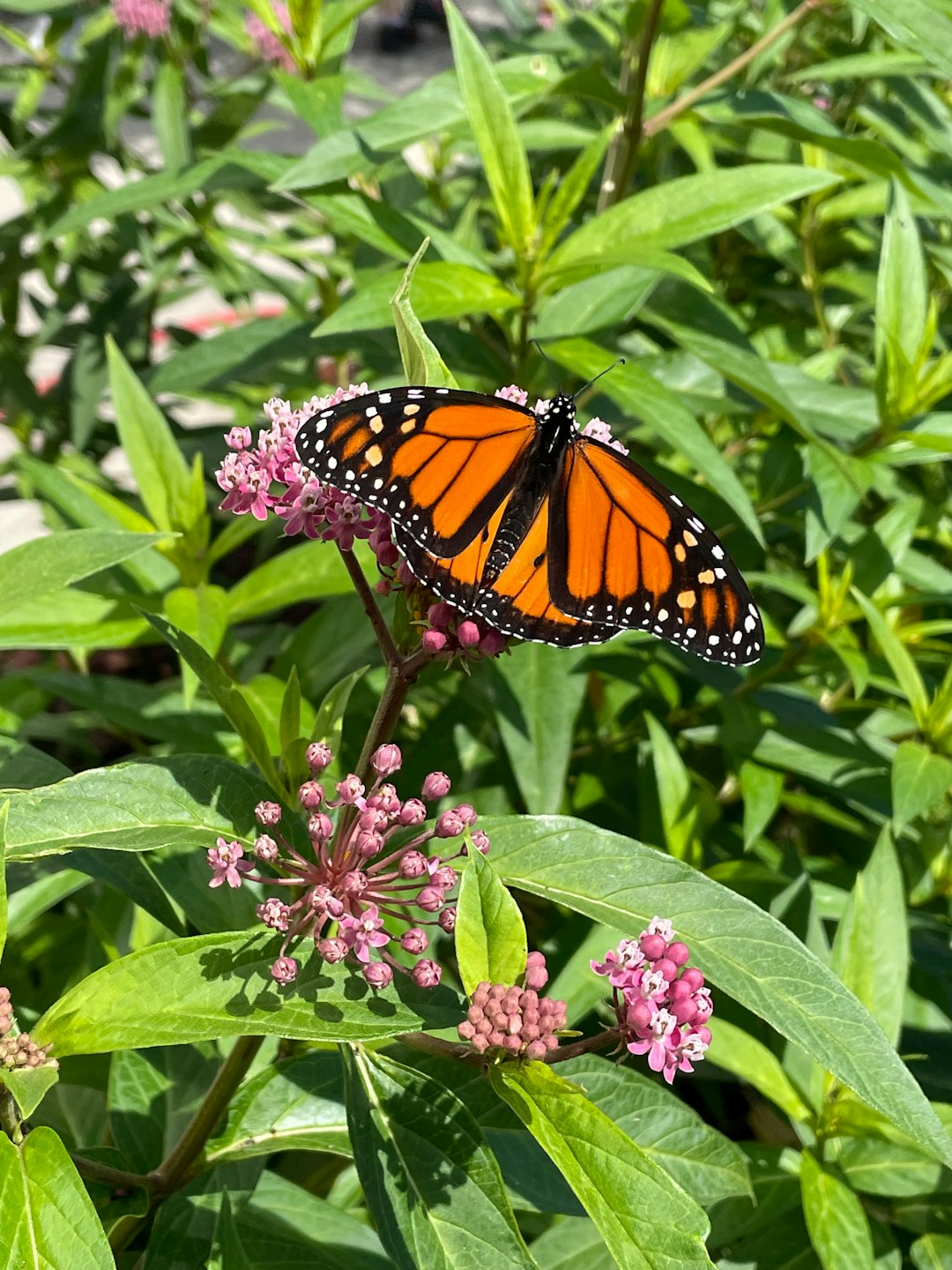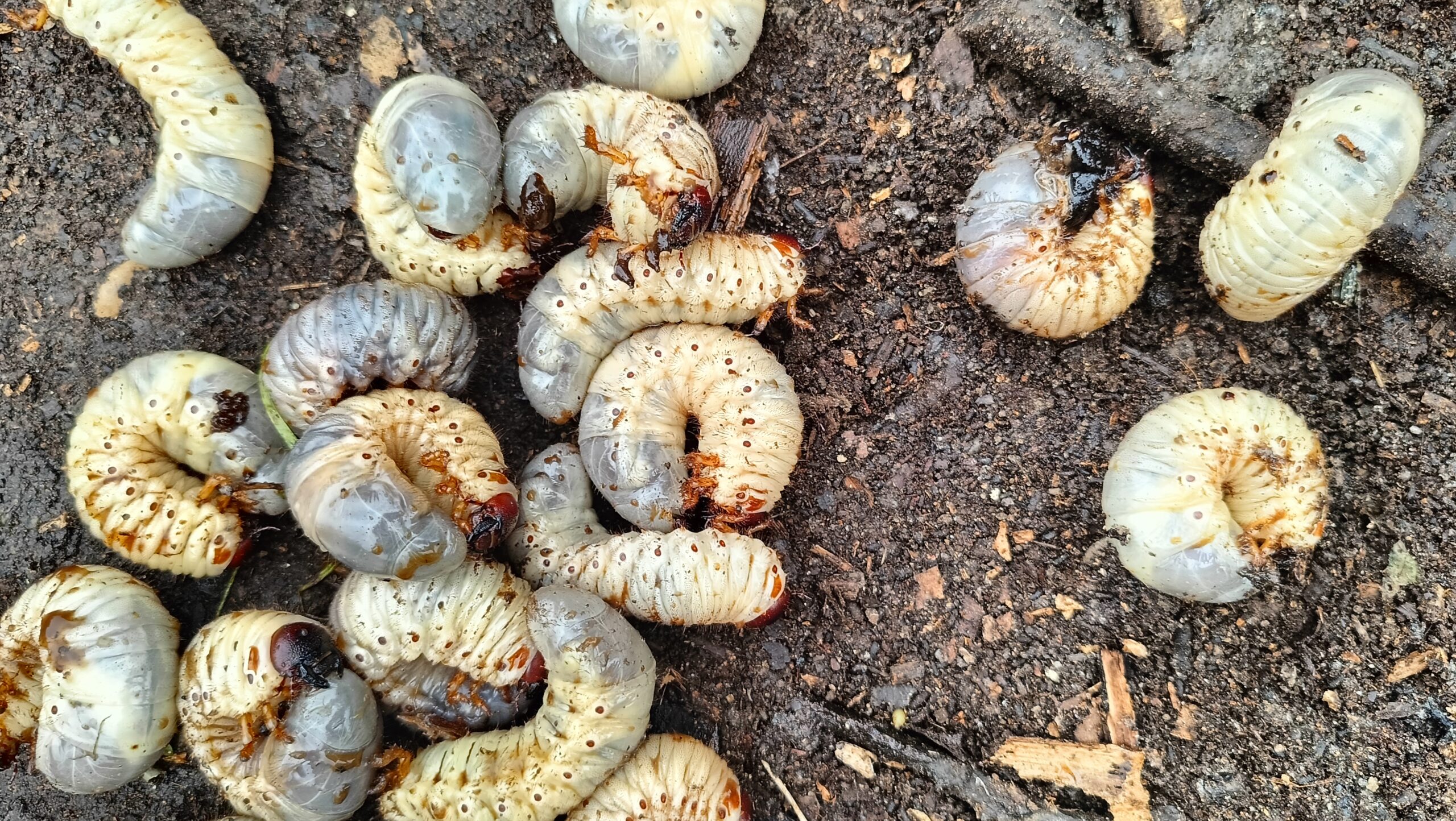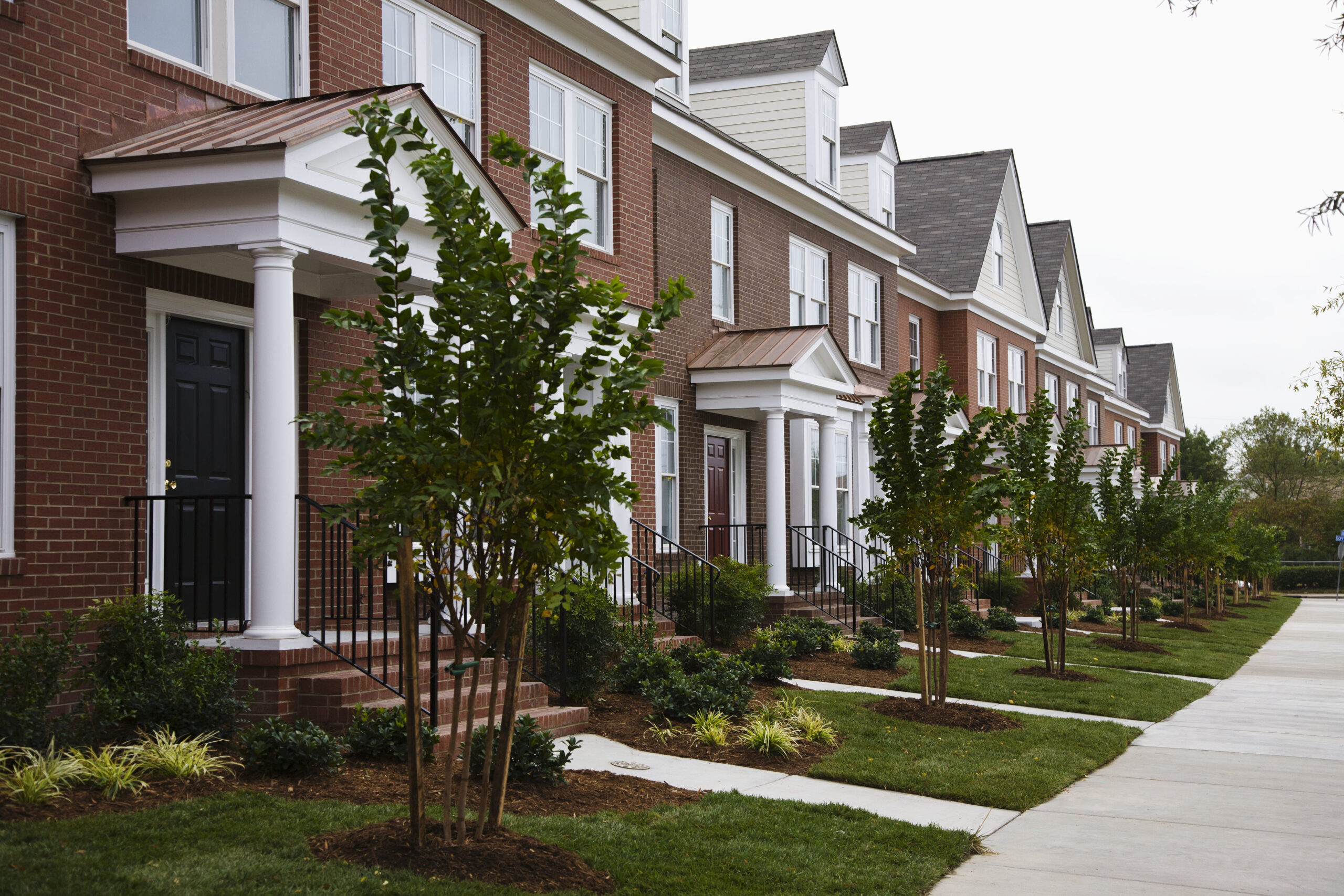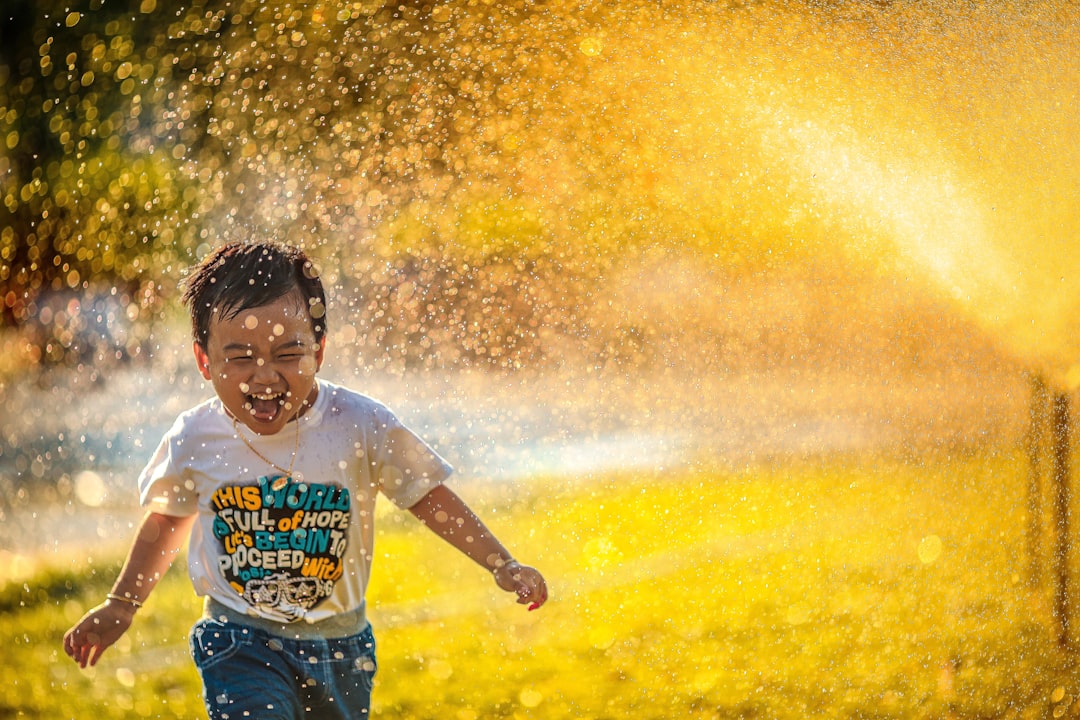Attracting Pollinators: Native Flower Gardens
Creating a garden that buzzes with life not only adds beauty to your home but also supports the vital ecosystem in your backyard. By cultivating native flower gardens, you provide essential resources for pollinators like bees and butterflies, which play a crucial role in plant reproduction and biodiversity. This post will explore how you can attract these essential creatures by selecting the right plants to attract bees and butterflies and designing your garden for maximum impact. Whether you're a seasoned gardener or just beginning your green journey, you'll find practical tips and insights to help transform your space into a haven for local wildlife. Let's embark on this rewarding gardening adventure and make a positive impact on our environment together!
Understanding Pollinators' Importance
Pollinators play a vital role in our ecosystems and food production. This section explores their ecological significance and the benefits of supporting these essential species in our gardens.
Ecological Role of Pollinators
Pollinators are the unsung heroes of our natural world. These small but mighty creatures, including bees, butterflies, and other insects, are responsible for the reproduction of many plant species. The Xerces Society emphasizes that pollinators contribute to the health of our ecosystems by supporting 85% of the world's flowering plants, including more than 2/3 of the world's crop.
By transferring pollen from one flower to another, pollinators enable plants to produce seeds and fruits. This process is crucial for maintaining biodiversity and ensuring the survival of countless plant species.
Benefits of Supporting Pollinator Species
Supporting pollinator species in our gardens and landscapes offers numerous advantages. These benefits extend beyond our immediate surroundings and contribute to the overall health of our environment.
By creating pollinator-friendly spaces, we help maintain genetic diversity in plant populations. This diversity is crucial for the resilience of ecosystems, especially in the face of climate change and other environmental challenges.
Designing a Native Flower Garden
Creating a native flower garden is a great way to support pollinators. In this section, we will discuss why choosing native plants is important and provide tips to design a layout that attracts and sustains pollinator populations.
Choosing Native Plants
Native plants are essential for a thriving pollinator garden. They have grown and adapted alongside local pollinator species, making them perfect for attracting and supporting these important creatures.
When choosing native plants, consider what pollinators in your area need. There are many resources available that offer insights into regional plant selections that cater to local pollinator species.
Additionally, native plants are well-suited to local climate conditions, needing less water and upkeep once they are established. This makes them both environmentally friendly and low-maintenance for your garden.
Creating a Pollinator-Friendly Layout
Designing a garden that welcomes pollinators involves more than simply planting flowers. Instead, it requires thoughtful consideration of several factors to create an inviting and sustainable habitat.
Firstly, plan a diverse array of plants that bloom at different times throughout the growing season. This variety ensures that pollinators have a continuous food source from spring through fall.
Furthermore, it's helpful to group plants of the same species together to create "pollinator patches," making it easier for pollinators to find and gather nectar and pollen efficiently.
Be sure to include a water source, like a shallow birdbath or water feature, to provide the necessary hydration for pollinators. Additionally, incorporate areas of bare soil for ground-nesting bees and leave some plant stems and leaves for overwintering insects.

Blooming Seasons and Plant Selection
Understanding blooming seasons and selecting the right plants are crucial for maintaining a thriving pollinator garden year-round. This section provides guidance on seasonal blooming patterns and recommends specific plants for attracting bees and butterflies.
Seasonal Blooming Guide
A thriving pollinator garden needs to provide food all season long. By knowing when different plants bloom, you can ensure pollinators have access to nectar and pollen year-round.
In winter, plants like frostweed and agarita are a lifeline for the few pollinators active during mild days.
Come spring, blooms such as Texas bluebonnets and pink evening primrose help pollinators waking up from their winter rest.
Summer brings flowers like Indian blanket and lemon bee balm, keeping pollinators busy during peak season.
As fall arrives, Maximilian sunflowers and fall asters offer crucial support for pollinators preparing for migration or wintering.
Recommended Plants for Bees and Butterflies
Choosing the right plants is crucial for attracting and supporting bees and butterflies in your garden. Different species have unique preferences, so incorporating a diverse selection of plants enhances your garden's allure for various pollinators.
For bees, consider planting native wildflowers such as coneflowers, black-eyed Susans, and bee balm. These plants offer plentiful nectar and are preferred by many bee species.
Butterflies are drawn to brightly colored flowers with flat or clustered blooms. Consider planting milkweed, essential for monarch butterflies, alongside other popular choices like zinnias and lantana.

For a flourishing pollinator garden, careful attention to watering, soil health, and pest management is essential. Therefore, the following tips offer practical advice to help ensure your garden remains a welcoming habitat for pollinators.
Watering and Soil Requirements
Proper watering and soil management are key to a thriving pollinator garden. Native plants often have particular soil and moisture needs that must be considered for optimal growth.
Water deeply but infrequently to promote deep root development. This method helps plants become more drought-resistant and reduces the frequency of watering needed.
Keeping soil healthy is vital for plant vitality. Using mulch is recommended to retain moisture, suppress weeds, and improve soil structure over time.
Maintenance and Pest Management
Taking care of a pollinator garden means giving it some regular TLC and thinking about gentle ways to manage pests. The aim is to keep a happy balance that looks after both the plants and friendly bugs.
Try inviting helpful predators like ladybugs and lacewings into your garden for natural pest control.
By snipping away spent flowers, you can help plants keep blooming. But don’t forget to leave some seed heads for the birds and insects who need a cozy home over the winter.





